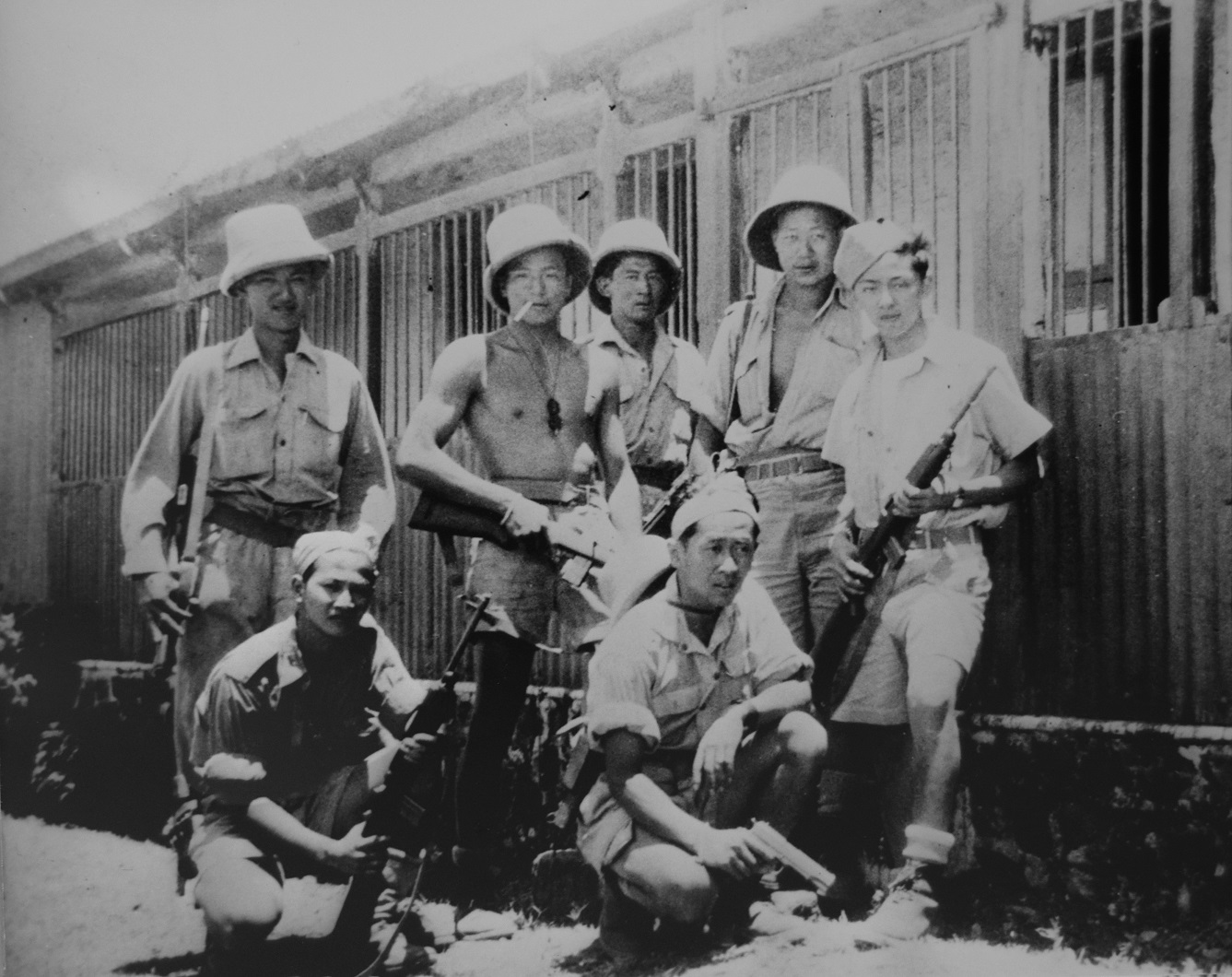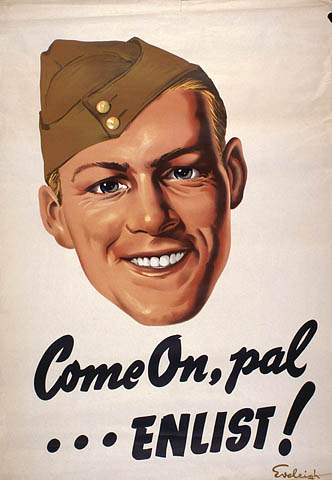Article
Capture of the Tigress and Scorpion, War of 1812
The two schooners of the United States Navy, the Tigress and Scorpion, were constructed during the War of 1812 at Erie, Pennsylvania, in time to take part in naval actions in the Battle of Lake Erie on 10 September 1813.











